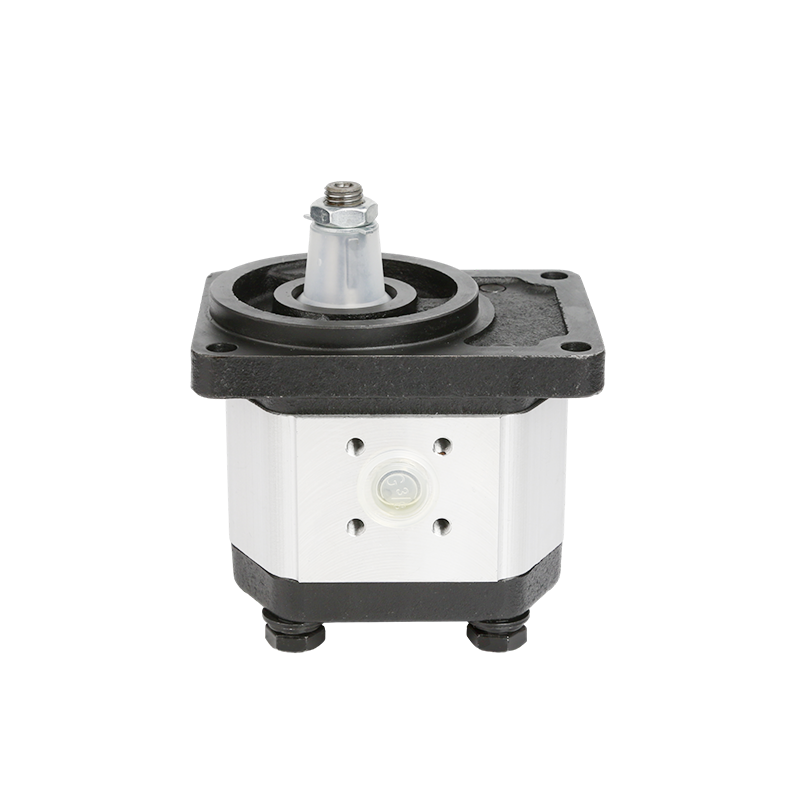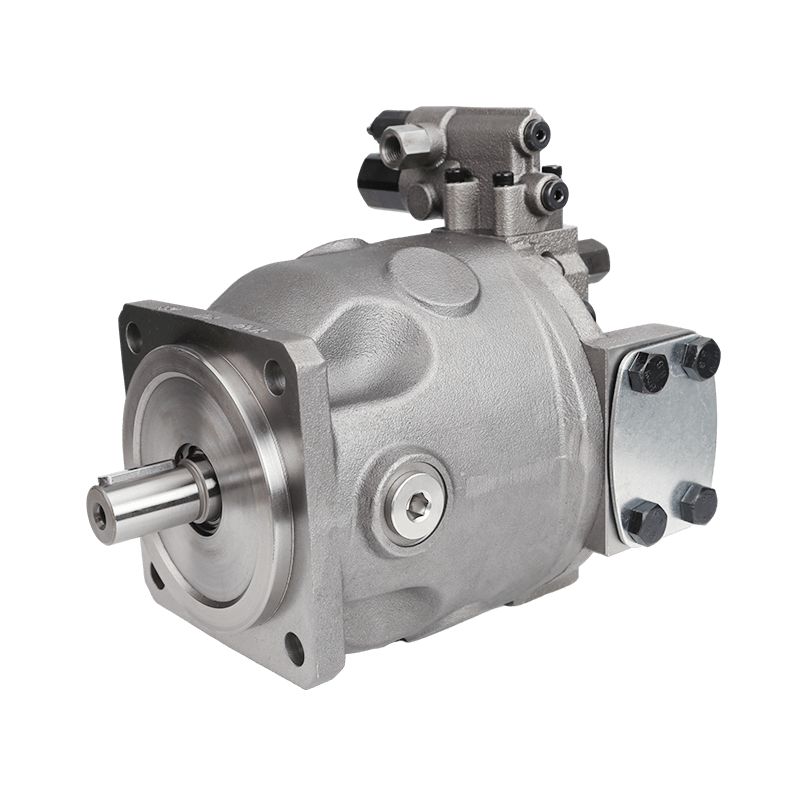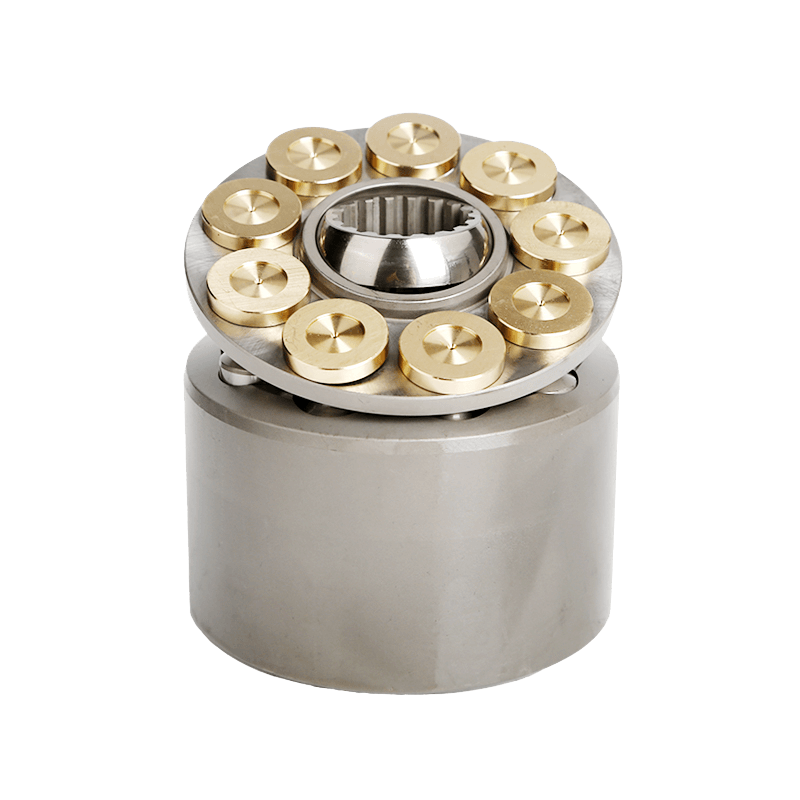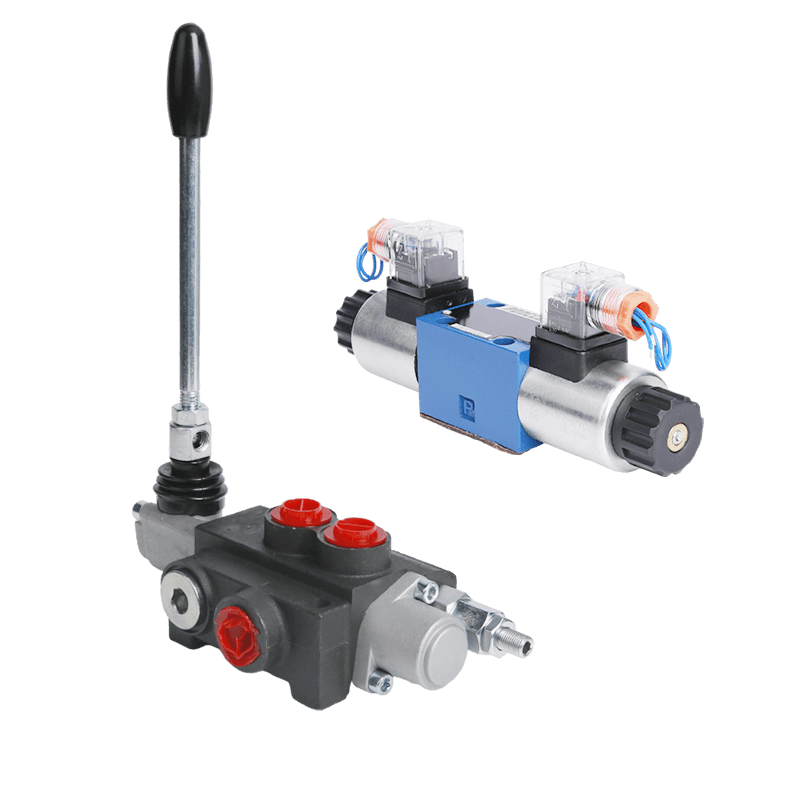Overview of Hydraulic Pump Repair
Hydraulic pump repair is a critical aspect of maintaining machinery and equipment used across various industries. These pumps play an essential role in the operation of hydraulic systems, providing the necessary pressure to drive machinery. Their reliability directly impacts productivity and operational efficiency. Understanding hydraulic pump repair is vital, as it can prevent unexpected breakdowns and ensure uninterrupted operations.
The hydraulic pump is integral in industries such as manufacturing, construction, and agriculture, where heavy machinery relies on hydraulic systems. These pumps are responsible for converting mechanical energy into hydraulic energy, facilitating various functions in machinery. Given their widespread use, it is crucial to address common issues leading to repairs, such as seal failures, contamination, and wear and tear on internal components. By identifying these issues early, businesses can utilize the benefits of timely repairs, which include extended equipment lifespan and reduced operational disruptions.
Factors Influencing Hydraulic Pump Repair Costs
Repairing a pump can have differing costs influenced by various factors like the type of pump being used as a significant variable to consider in the overall expense calculation process. Different types of pumps. For example, gear pumps piston pumps, or vane pumps. Come with designs and specific maintenance needs that can directly impact the repair expenses involved. To provide an example scenario; repairing piston pumps may demand expertise compared to working on gear pumps which ultimately leads to increased labor expenses.
The level of harm or deterioration, to the pump parts is a factor to consider as it can impact costs differently based on the severity of the issue. For instance; replacing seals may cost less compared to a scenario where multiple parts or even the whole pump need replacement which could substantially raise expenses. Moreover; the choice of replacement parts plays a role, in cost determination; original manufacturer parts usually come at a price tag while aftermarket options could save money but may differ in quality and lifespan.
Labor Costs for Hydraulic Pump Repair
The cost of labor, for fixing pumps depends on the expertise and skill level needed for the job at hand and is influenced by factors such as the experience of technicians in hydraulic systems and their hourly rates compared to experienced workers with knowledge, about specialized tools and techniques required for intricate repairs can also affect expenses related to labor and should be taken into account by companies when assessing their repair staffs capabilities.
When you weigh the pros and cons of doing repairs in-house versus outsourcing them you also consider the labor expenses involved in the process as other factors that affect it like repair time and proficiency of staff members who handle it internally versus externally. When businesses opt for, in-house repairs they might save money because they don’t have to spend much on labor costs. There is a risk of facing longer repair times if their staff lacks the necessary skills and experience to handle the repairs efficiently. On the other hand outsourcing hydraulic pump repairs to service providers ensures a higher quality of work and potentially faster turnaround times; however, this convenience usually comes at a higher price tag. Assessing these options and their implications for cost-effectiveness and expertise levels required for different repair scenarios can help businesses make informed decisions that strike a balance, between saving money and ensuring top-notch service quality.
Associated Downtime and Its Economic Impact
Repair work, on pumps can have an impact on a company’s productivity and profits because any time the equipment is down leads to lost earnings and higher expenses for the company, particularly, in industries that rely heavily on strong hydraulic systems.
To minimize the expenses incurred during periods of inactivity or malfunction, in operations or production processes due, to equipment breakdowns or failures that were not anticipated or scheduled beforehand.
Ultimately the expenses related to fixing pumps are affected by elements such, as the pump type, level of damage labor charges, and the time lost. Grasping these factors helps companies manage repair procedures efficiently and develop plans to cut costs and downtime leading to improved productivity in industries dependent, on hydraulics.
Quality Assurance and Warranties
Importance of Quality Assurance in Repairs
When fixing pumps it’s crucial to focus on the craftsmanship and materials used for the repair job to ensure top-notch results and prevent future issues. By following quality control procedures during the repair process. Like conducting inspections and tests. We can boost the reliability of refurbished hydraulic pumps. These quality control steps do not improve pump performance. Also protects businesses’ investments, in their hydraulic systems.
Ensuring high quality is crucial, in an industry where accuracy and reliability play roles, in the performance of machinery. Meticulously fixing a pump can help prevent recurring problems and lower maintenance expenses over time. It’s advisable for companies to opt for repair services that emphasize quality assurance as it leads to effectiveness and decreased downtime.
Warranty Options and Their Influence on Costs
When it comes to fixing pumps having a warranty can make a difference in the total expenses involved. A warranty doesn’t just give you peace of mind, about the repair quality but guards against any issues or malfunctions that could pop up soon after the repair work. Knowing about the warranty choices, like parts-only coverage labor-only coverage, or complete protection—can assist companies in making well-informed choices that match their operational needs.
Having a warranty can also affect a company’s finances positively by preventing costs in case the fixed pump malfunctions soon after the repair service is done. If there is a warranty, in effect and any problem occurs the expenses for repairs are likely to be taken care of. This enables businesses to use their funds in areas. Although the initial costs for services, with warranties, might be a bit higher the future savings and assurance they offer make them worth thinking about.
POOCCA Products and Their Role in Reducing Repair Costs
Innovative Solutions Offered by POOCCA
POOCCA is leading the way, in the field of hydraulic pump repair technology by introducing solutions that lower repair expenses. They have developed products specifically tailored to tackle issues in systems by enhancing pump efficiency and durability. These products are crafted using materials that can withstand wear and tear over time promoting the longevity of systems and reducing the frequency of extensive repairs required.
By utilizing the solutions offered by POOCCAs technology advancements can help businesses tackle wear and tear issues in advance to avoid repairs in the future. Moreover incorporating features, like self-lubricating parts and cutting-edge sealing systems can reduce the need for repairs, on pumps. Investing in POOCCA’s state-of-the-art technologies does not save costs immediately. Also offers long-term advantages by enhancing system dependability.
Long-term Savings with POOCCA’s Advanced Technology
POOCCAs’ state-of-the-art technology integrated into systems has been shown to bring about cost savings over the long term by improving efficiency and decreasing wear and tear on the equipment components. This leads to an increase, in the lifespan of pumps which enables companies to postpone costly repairs or replacements. Additionally the decrease, in the frequency of repairs reduces labor expenses and decreases downtime resulting in productivity levels overall.
Ensuring hydraulic pumps are equipped with POOCCA technology, for long-term viability will not keep up with changing industry needs but also help companies stay flexible and productive in the run. The upfront cost of investing in top-notch POOCCA products may appear high initially; however, the potential decrease, in repair frequency and expenses makes the financial gains significantly outweigh the costs. Organizations that adopt these cutting-edge systems position themselves to handle the impact of hydraulic pump repairs efficiently.
Final Thoughts on Managing Hydraulic Pump Repair Costs
Managing hydraulic pump repair costs requires a strategic approach that considers multiple variables influencing total expenses. From understanding the different factors affecting repair costs to exploring warranty options and the benefits of using advanced products like those offered by POOCCA, decision-makers can significantly impact this crucial aspect of operational efficiency.
There is no doubt that investing in quality repairs, prioritizing preventive measures, and adopting innovative technology can lead to significant cost savings over time. By establishing relationships with reputable repair service providers that emphasize quality assurance and provide warranty support, businesses can ensure that their hydraulic systems operate optimally for extended periods.
Ultimately, navigating the complexities of hydraulic pump repair costs involves a holistic understanding of the repair landscape, a commitment to quality solutions, and an emphasis on continuous improvement. This comprehensive perspective not only enhances operational capabilities but also equips businesses with the tools necessary to thrive in an environment where hydraulic systems are integral to production and success.












